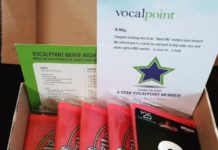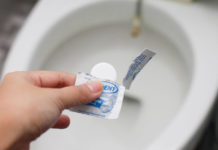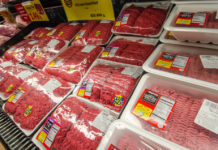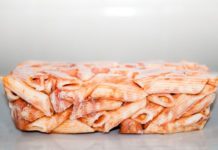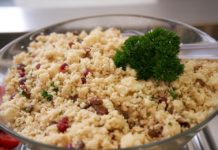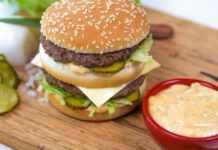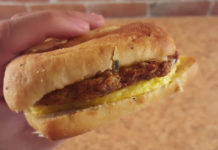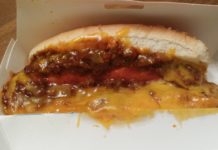When you go to the store to buy your groceries, you don’t tend to wonder if the things you choose are really what they claim to be. When you take ground coffee or olive oil, you simply assume that the product is exactly what you think it is. After all, why shouldn’t it be? Unfortunately, this is not always the case. Many foods you buy in stores or restaurants contain additional ingredients you don’t know. Here are some foods that can be misleading.
25. Bacon pieces
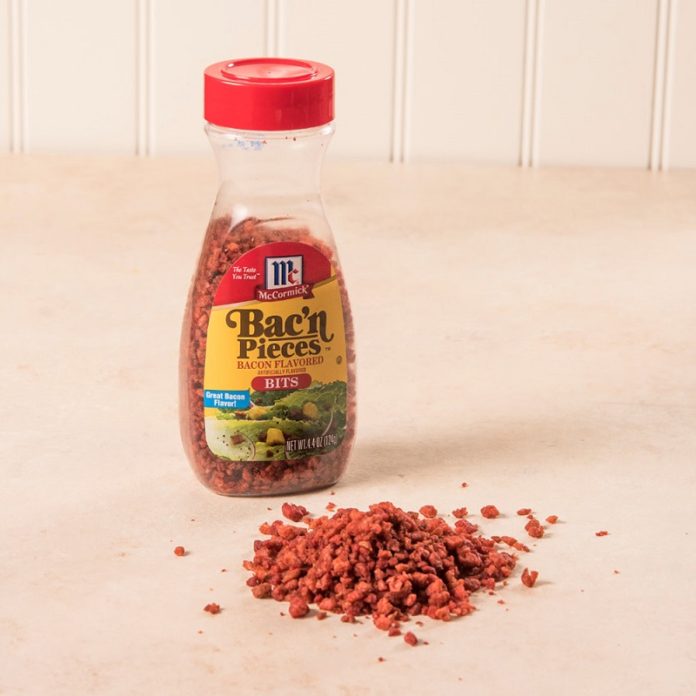
Have you ever thought about sprinkling bacon pieces on a salad to give it taste and texture? It is better to avoid this! The only trace of bacon is in the flavour, a taste created by adding an artificial flavour to soybean flour and canola oil.
24. Apple juice
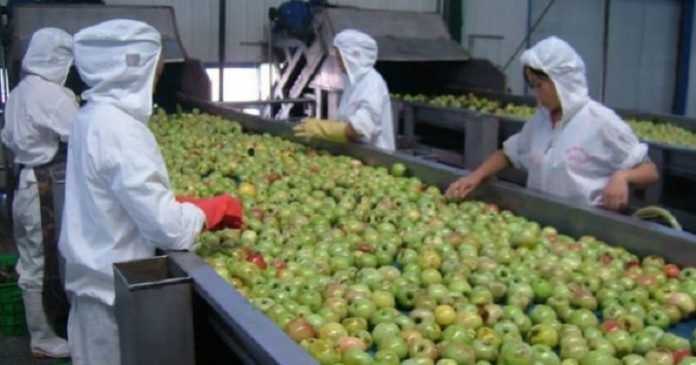
Of course, what’s the problem if these drinks contain apple juice? If you like this kind of juice, then it can only be a good thing. The problem is that most of the apple juice sold in the United States is not produced there… This comes from a Chinese made concentrate, which is not always drinkable. Tests have already revealed the presence of pesticides in the juice…
23. Parmesan cheese
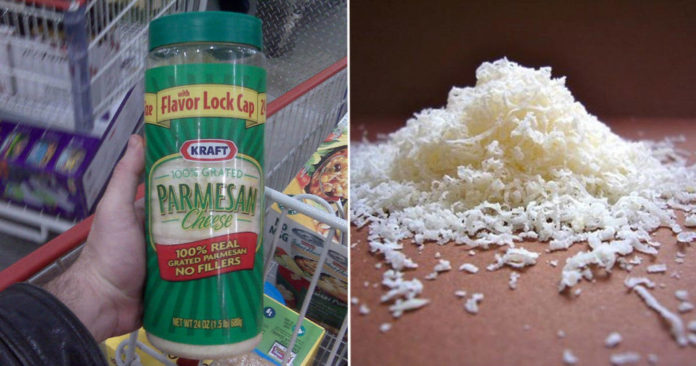
Anyone who has ever ordered a pasta dish in an Italian restaurant has probably been asked if they want parmesan shavings on their meal. However, rarely, you are served parmesan. There is only one region in Italy that authentically produces these products, and it costs $1,000.
22. White truffle oil
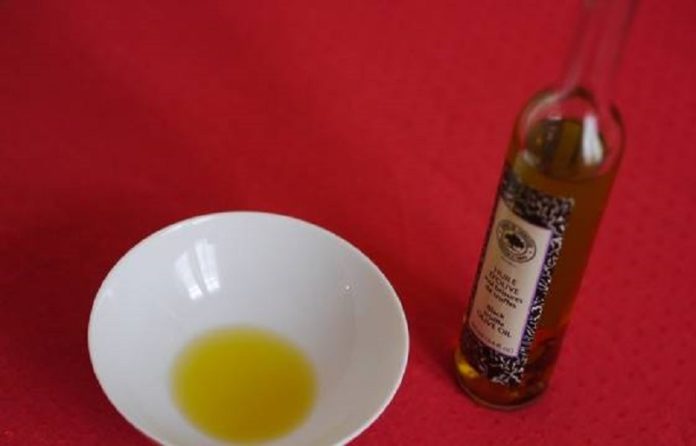
Truffles are one of the most expensive things you can buy on the market. White truffles cost about $1,000 per pound, an extravagant amount for an ingredient. For this reason, they are not used to make white truffle oil. It would be far too expensive to make, so instead, the flavour is simply imitated by the gases. This may seem misleading, but given the price, we can certainly understand the reasoning.
21. Red snapper
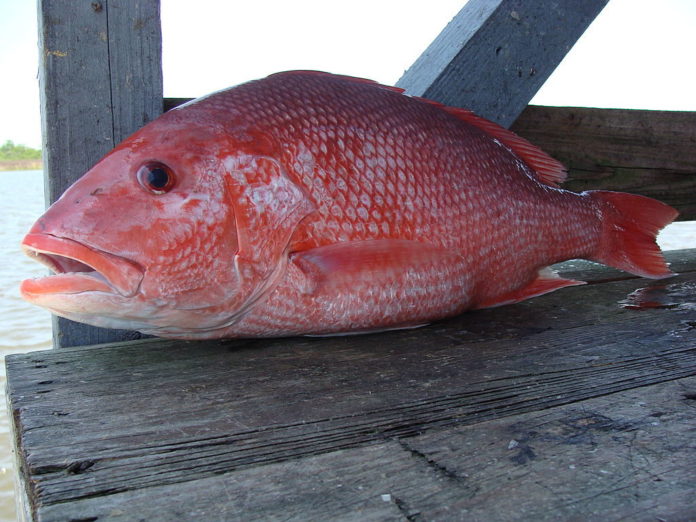
Unless you’ve spent your weekends fishing, you probably only have a general understanding of what each fish looks like. Every time you went to get red snapper, you may have bought something completely different. 20% of the fish sold in the United States is intentionally mislabelled.
20. Mozzarella cheese
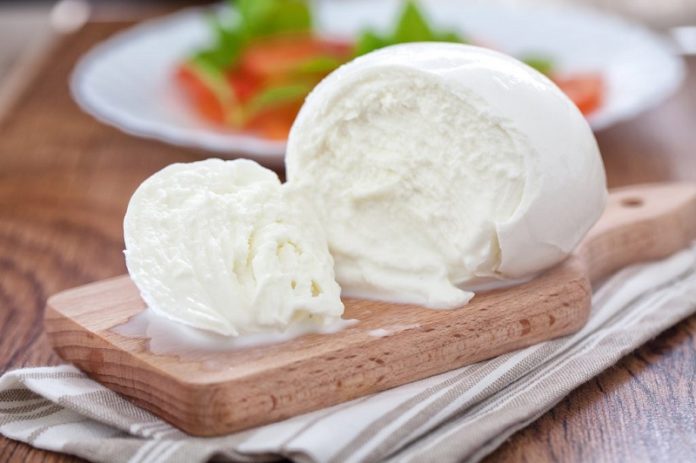
Parmesan cheese is not the only cheese you are lied about. Indeed, authentic mozzarella is made from buffalo milk, while the one found in stores is generally made from cow’s milk Again, it is a question of cost, but also of the fact that authentic mozzarella can only be produced in one Italian region.
19. Ground coffee
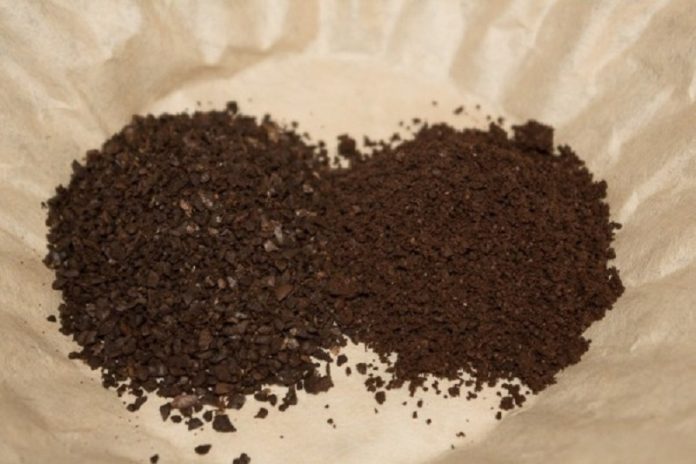
If you buy ground coffee, chances are it has been cut with twigs or roasted ground parchment. All kinds of cheaper substances have been found in this product, and it’s even worse with coffee powder. It is known to contain starch, figs and chicory. It is, therefore, better to buy real coffee beans and grind them yourself.
18. Tea
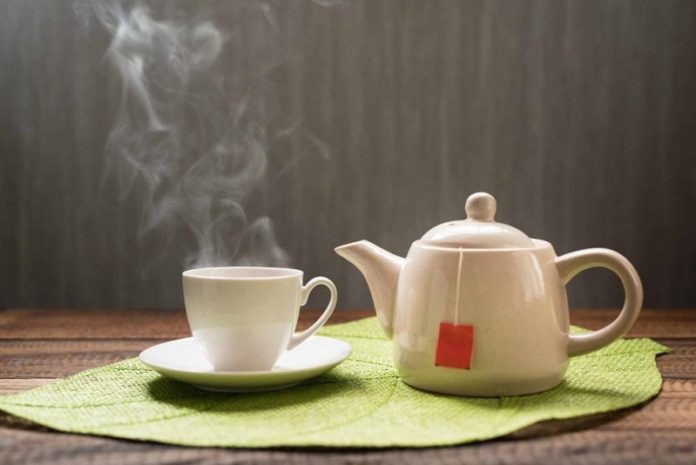
Beware of tea too. One study identified sawdust as the predominant ingredient, as well as the leaves of different plants. These ingredients have been included to prevent the tea from expiring too quickly, but we are not sure that this is a valid compromise.
17. Dulce de leche
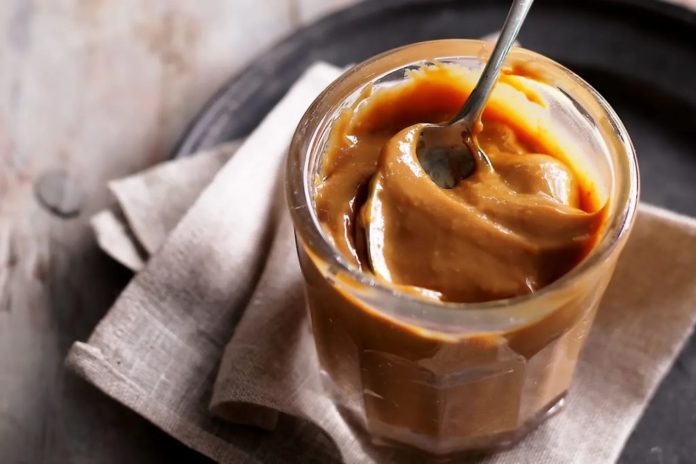
Dulce leche is usually sold in the United States as an alternative to caramel, although it is a completely different product. While the latter is quick to make and make by heating sugar, the former is a difficult process similar to creating things like apple butter. If made authentically, it does not contain as much sugar as caramel, and there is no trace of high fructose corn syrup.
16. Wine

Only 75% of most wines are made from the grapes on the label. This is the lowest percentage they can be before winegrowers have to reveal which other grapes have been used in the drink.
15. Wasabi
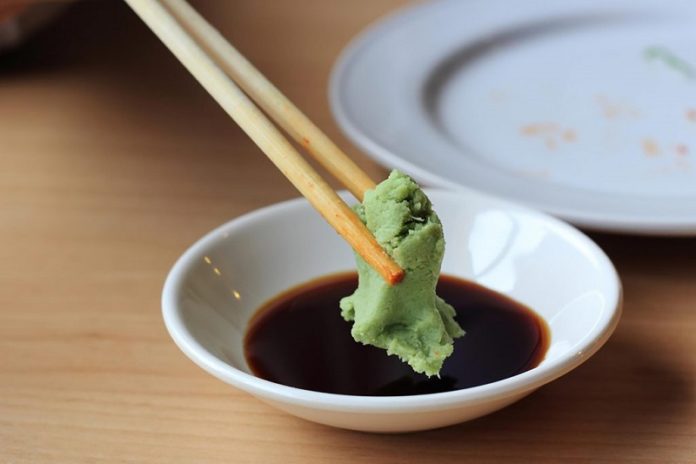
Wasabi is a pasta that is often found in sushi restaurants. In the United States, wasabi is generally only horseradish that has been dyed green. This is because the plant from which this food comes is difficult to grow and requires very specific conditions.
14. Honey
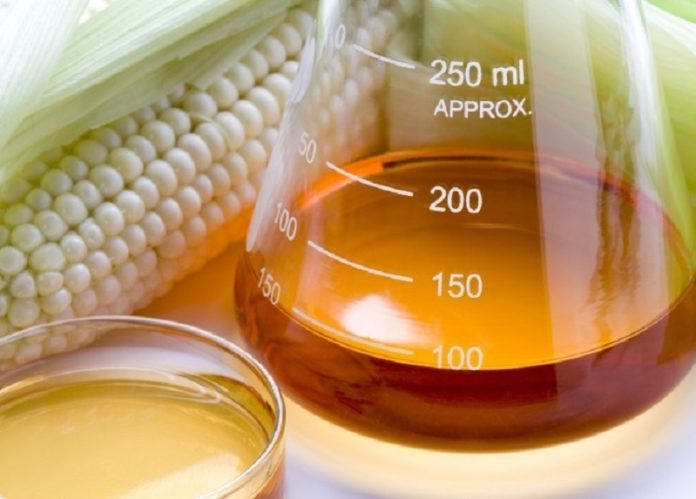
Surprisingly, there are not many standards for honey. This means that producers have more freedom to put what they want into the product without suffering the consequences. As a result, most of the honey found in grocery stores has been diluted with products such as high fructose corn syrup.
13. Olive oil
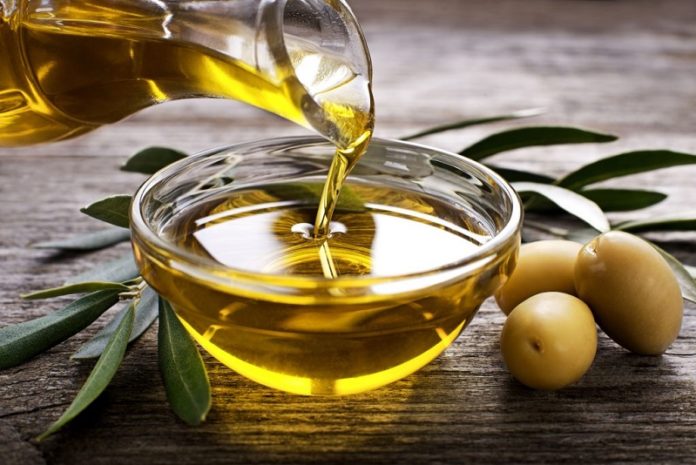
Many bottles of this substance are diluted with old batches of olive oil that have since become rotten. While this may sound disgusting, buyers don’t seem to care much. They have become so used to this taste that they now prefer it to fresh olive oil because it is not as bitter.
12. White tuna
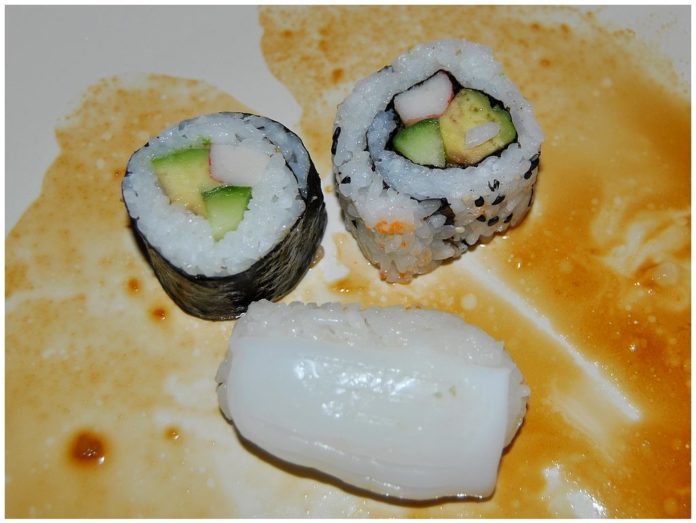
Of course, it is not only grocery stores that try to fool customers. Restaurants do it too. Oceana, a marine conservation group, discovered that all sushi establishments studied in New York sold fake fish to the public. These restaurants distributed snails instead of albacore tuna, a fish you probably don’t want to eat.
11. Extra virgin olive oil
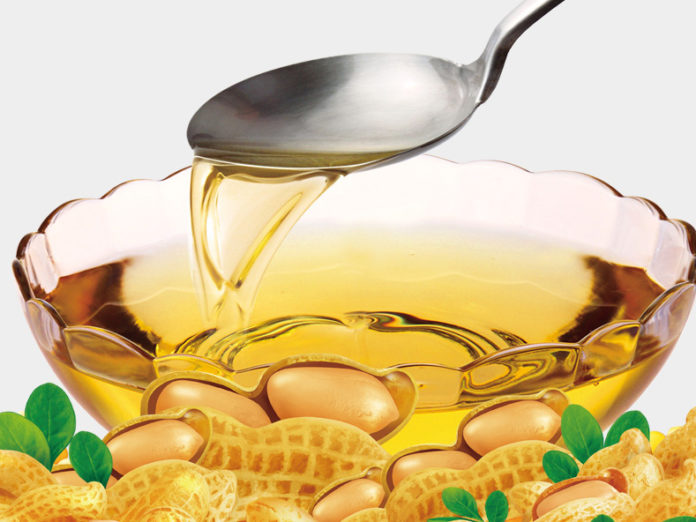
Most bottles of this substance are diluted with other oils. The problem is that it can be things like peanut oil, a substance that can cause a reaction in anyone who is allergic to nuts. The consequences could be serious and it is therefore incredible that producers are still allowed to handle extra virgin olive oil in this way.
10. Fruit juices
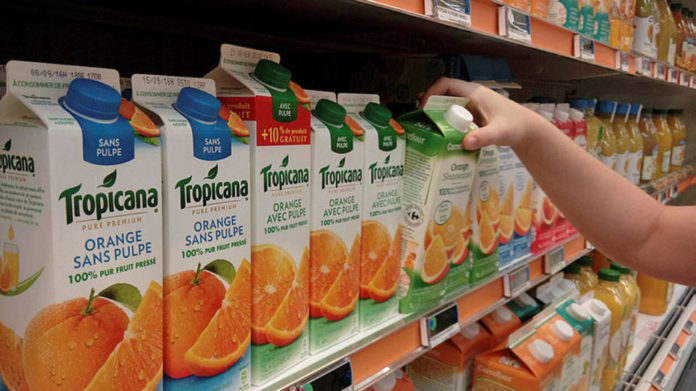
When you buy juice at the grocery store, you have no reason to doubt that it is anything other than this product. However, this is not always the case. It seems that these drinks cost different quantities to produce depending on their composition. Apple juice is one of the cheapest to produce, so some of the most expensive drinks to make will be diluted with it.
9. Kobe Beef
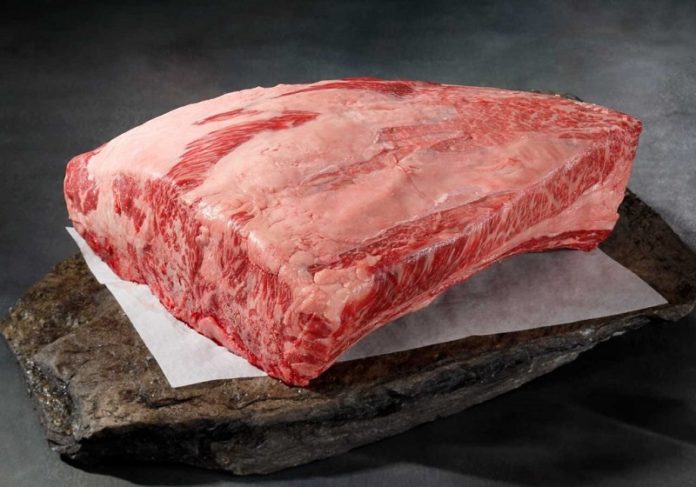
Kobe beef is an elite piece of meat that customers often think is worth every penny they have paid for. However, they generally do not eat this quality beef. There are only eight restaurants across the United States that provide their customers with authentic Kobe beef, and all the other establishments that have this meat on their menus only serve as a cheap alternative.
8. Champagne

Champagne is another misleading drink, with apparently more than half of the supply in the United States being fraudulent. You have the right to call a Champagne drink only if it has been made in this specific part of France. However, many producers in the United States produce sparkling wine and label it as champagne.
7. Saffron
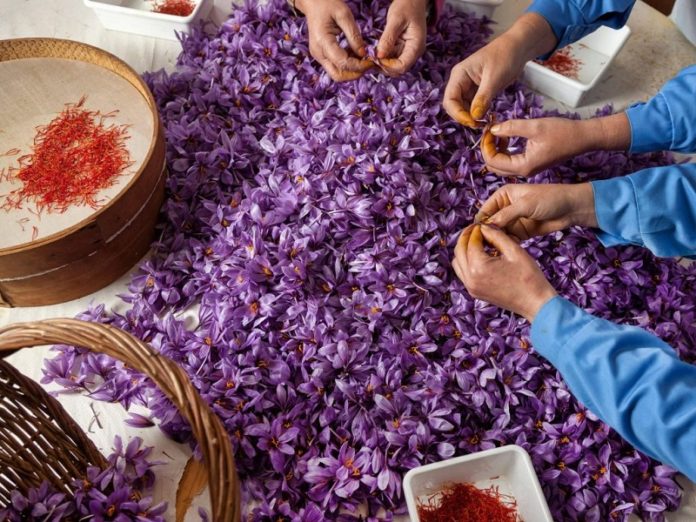
Do you know how difficult it is to make saffron? they say that to make a pound of spices, you need 170,000 crocus sativus plants. No wonder it sells for $5,000. That’s why the jar you have in your spice rack is probably not authentic saffron.
6. Dry spices
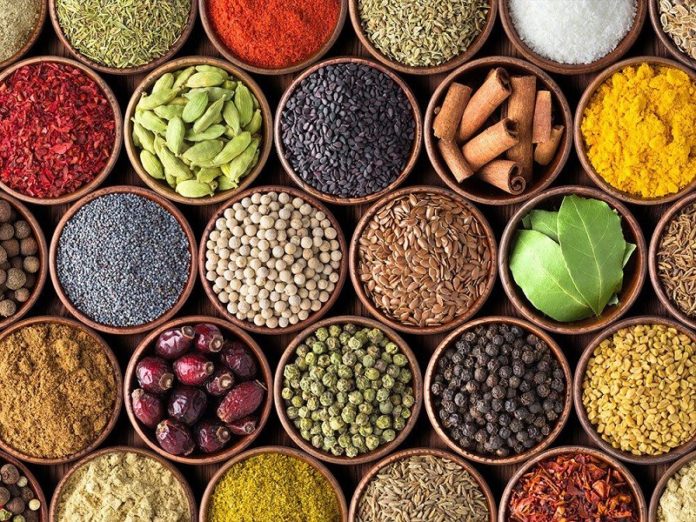
Saffron is probably not the only spice that has deceived you. Many contain more than you think. For example, traces of corn have been found in turmeric, while pureed weeds have already been identified in oregano. Also, the nutmeg is sometimes cut with pepper to cover the cost of production. Many of the spices you rely on for your meals are not as authentic as they look.
5. Soy sauce
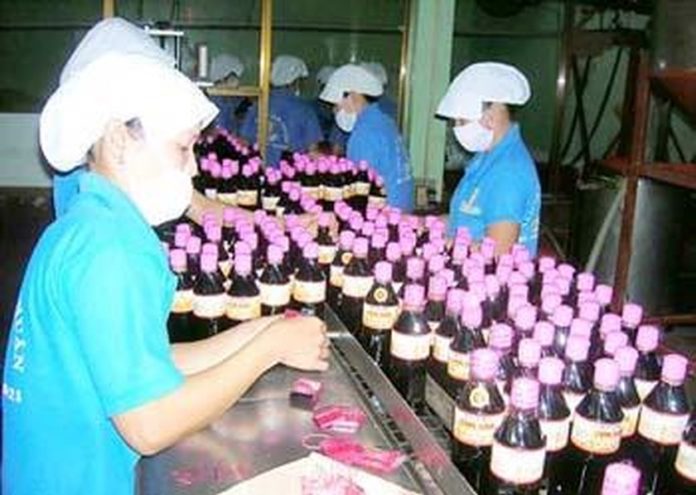
Soy sauce is one of those condiments that many people store in their pantry. However, although you can enjoy the taste it adds to your meals, what you eat may not be good for your health. It takes two years for the sauce to ferment before it is ready to be sold, which is why most American bottles are made with cheaper alternatives.
4. Lobster
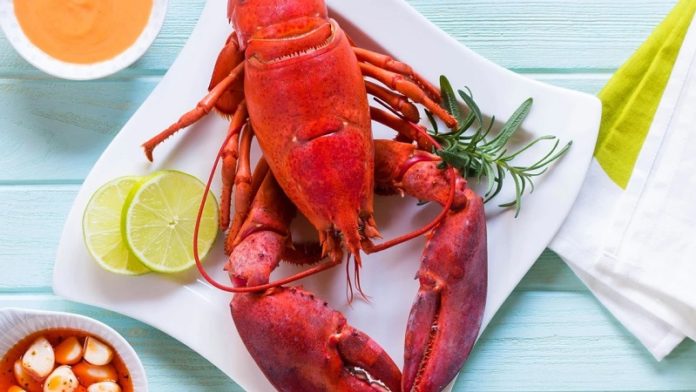
Unless you intend to pay a high price for your meal, most people tend to avoid eating lobster when dining out. Unfortunately, even those who ask for shellfish may not eat this delicious seafood. More than a third of restaurants in the United States use langostino or whiting in their dishes. So, what you are served is not always what you ask.
3. Crabmeat
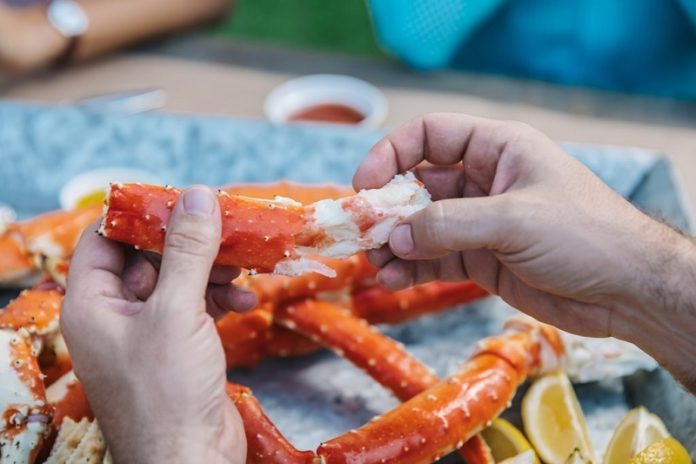
If you are buying something that is supposed to contain crab meat, you may want to check first to make sure that what you are eating is authentic. Rather than eating meat from these shellfish, many places use what is called crab imitation. It is composed of surimi – a fish paste – and various other flavours. There is no crab in this dish, so it is not something to eat if you are looking for a nutritious meal.
2. White chocolate
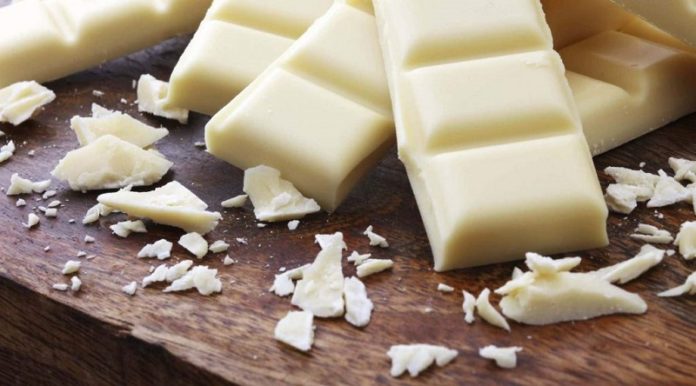
Everyone has their chocolate preferences. Some people like it white, others dark, but most people choose dairy products. To be defined as chocolate, the product must contain cocoa butter, which is not found in the white variety.
1. Grouper
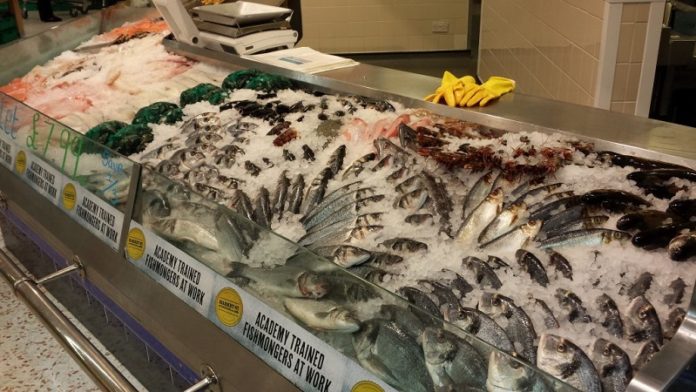
The red snapper is not the only fish that is regularly mislabelled at the grocery store. The grouper is another species that is commonly replaced by cheaper species, such as hake, Asian catfish and – again – tilapia. DNA tests would even have revealed that one of these fish could not be identified, which is worrying given that they are foods sold to the public.





